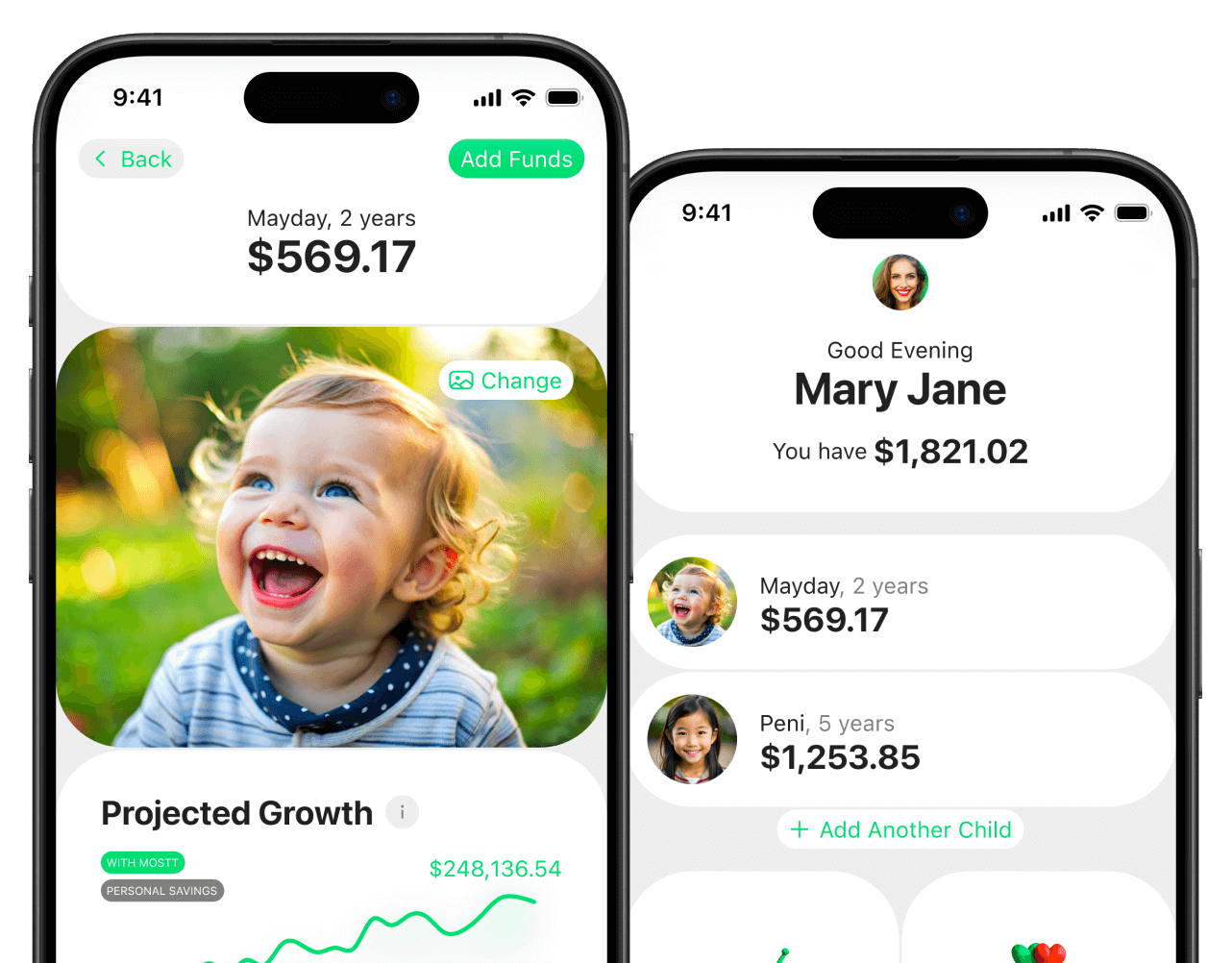You’ve probably said it before: “Do your chores and you’ll get your allowance.” It’s a classic. But what if those everyday tasks — loading the dishwasher, folding laundry, taking out the trash — could do more than just keep your house tidy? What if they could teach your kids real financial skills — responsibility, delayed gratification, and even the foundations of investing?
When you tie chores to financial education, you’re not just paying for work. You’re giving your child a hands-on classroom for life.
1. Start with an Allowance That Teaches Choice
An allowance isn’t just “free money.” It’s a powerful tool for teaching decision‑making. Rather than handing over cash unconditionally, consider splitting the allowance into three categories:
-
Spending — for everyday wants
-
Saving — for bigger goals
-
Giving — to build generosity and empathy
This “split-bucket” method mirrors how adults manage money. Kids learn that money isn’t just to spend — it’s something you plan for and use to make meaningful choices.
Why it matters: The FDIC recommends talking with young people about work, income, and how their earnings connect to what they spend and save. (FDIC)
It’s also helpful to lean into structured financial-education programs — for instance, the FDIC’s Money Smart curriculum provides guides for parents of young kids (Pre-K through grade 2) to talk about financial basics in developmentally appropriate ways. (FDIC)
2. Tie Chores to Clear Goals
Kids thrive on clarity. Instead of vague “do chores, get something later,” set up a visual goal tracker — a chart, app, or jar — that maps chores to rewards.
For example:
-
10 chores = $10 toward their savings jar
-
20 chores = a contribution to a mini investment account
When your child sees how their effort directly connects to real, meaningful rewards, they begin to internalize the principle that work produces value. That’s exactly the mindset adults use when they’re on the job, too.
Pro tip: Build in smaller milestones — celebrate the halfway point, or let your child pick a fun activity once they hit a chore threshold. It makes the journey tangible and joyful.
3. Introduce Simple Investing Early
Once your child has built up a decent savings pot, it’s time to introduce investing. And don’t worry — it doesn’t have to be complicated.
Here’s a beginner-friendly roadmap:
-
Fractional shares: Let them own a piece of a company, even if they can’t afford a full share.
-
Kid‑friendly investing platforms: Use tools designed for families, so you can supervise while giving them real ownership.
-
Compound interest education: Show how money grows over time. Even small investments, when compounded, can turn into something powerful.
By linking investing to their own hard-earned allowance, you’re making it personal. They start to understand that saving isn’t just about stashing cash — it’s a way to help their money work for them.
To support this, the Consumer Financial Protection Bureau (CFPB) offers a teaching guide called “Discovering the Benefits of Investing Early,” designed to help young people see why investing sooner pays off. (Consumer Financial Protection Bureau)
4. Teach Delayed Gratification Through “Future Goals”
One of the most valuable lessons your child can learn is this: not everything has to be now. By tying allowance and chores to long-term goals, you help them practice delayed gratification.
Here’s how to do it:
-
Ask your child to pick a big goal — maybe a special toy, a tech gadget, or even a donation to a cause.
-
Use a savings tracker (jar, app, chart) to show progress.
-
Set milestone rewards along the way: when they reach 50% of their goal, celebrate!
This process helps them internalize two crucial financial truths:
-
Waiting and planning bring bigger rewards.
-
Smart money decisions often require patience.
5. Make It Fun and Consistent
Financial education works best when it’s consistent, but also fun.
Here are a few ways to gamify and reinforce your system:
-
Gamify chores: Turn weekly tasks into challenges or friendly competitions (e.g., “Who can fold the laundry fastest — and neatest?”)
-
Track progress visibly: Use jars, charts, or digital tools to make their earnings and goals real.
-
Celebrate: Whether it’s a high-five, a sticker, or a small award — acknowledge their work and their wins.
Consistency matters more than perfection. When kids know what to expect and see their progress, they internalize important habits of responsibility and financial discipline.
6. Extend the Lessons Beyond Chores
Once your child understands allowance, saving, and basic investing, you can broaden the curriculum to more adult financial topics:
-
Budgeting: Help them allocate money between spending, saving, and giving.
-
Credit and borrowing: Introduce small “family loans” to teach about interest, repayment, and responsibility.
-
Charitable giving: Let them decide how they want to give — developing both financial and social consciousness.
These lessons build on each other. Over time, your child won’t just know how to use money, but how to think about money — making informed decisions, planning, and setting priorities.
Why This Matters
Teaching financial literacy through chores isn’t just about earning an extra few dollars. It’s about preparing your child for life.
-
Every chore and every dollar saved plants a seed.
-
Over time, those small lessons compound — just like their investments.
-
You’re giving them not just a paycheck, but confidence, autonomy, and a mindset for long-term success.
Additional Resources for Parents
-
CFPB: Saving vs. Investing — Their Comparing Saving and Investing guide helps parents and kids understand the difference between short-term saving and long-term investing. (Consumer Financial Protection Bureau)
-
CFPB: Saving & Investing Card Game — A fun, hands-on activity to help middle-schoolers practice real financial decision-making. (Consumer Financial Protection Bureau)
-
http://KidsMoney.org — Great parent resource for teaching kids about earning, saving, spending, and giving, including using jars and visual tools. (Kids’ Money)
-
Central Bank Learning Center — Offers kid‑friendly advice on responsibility, wants vs. needs, and creating multiple money jars. (Central Bank)
-
Money Crashers — Practical tips for parents on encouraging smart financial habits, positive reinforcement, and building long-term money lessons. (Money Crashers)
Takeaway: Use chores + allowance + investing as a financial lab for your kids. Build habits early. Track progress. Teach patience. And support them with evidence-based, trusted resources. By doing this, you’re not just paying them — you’re preparing them for a life of financial wisdom.




